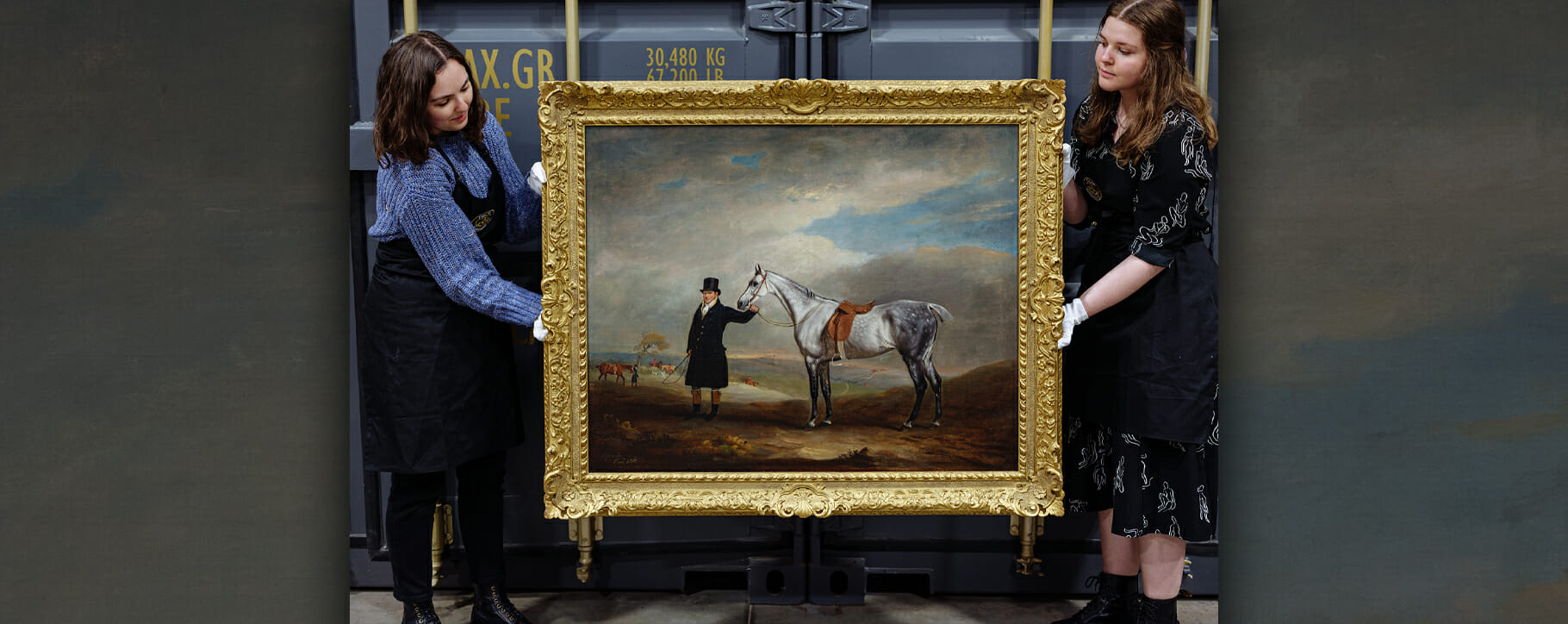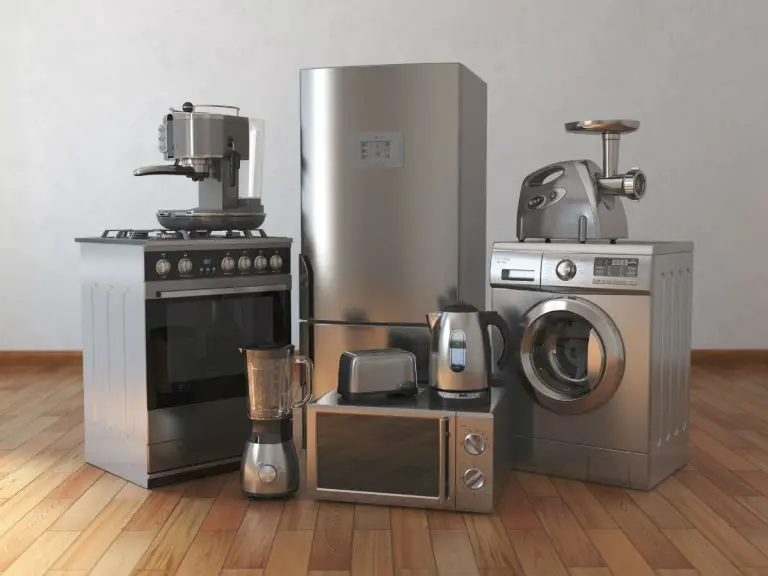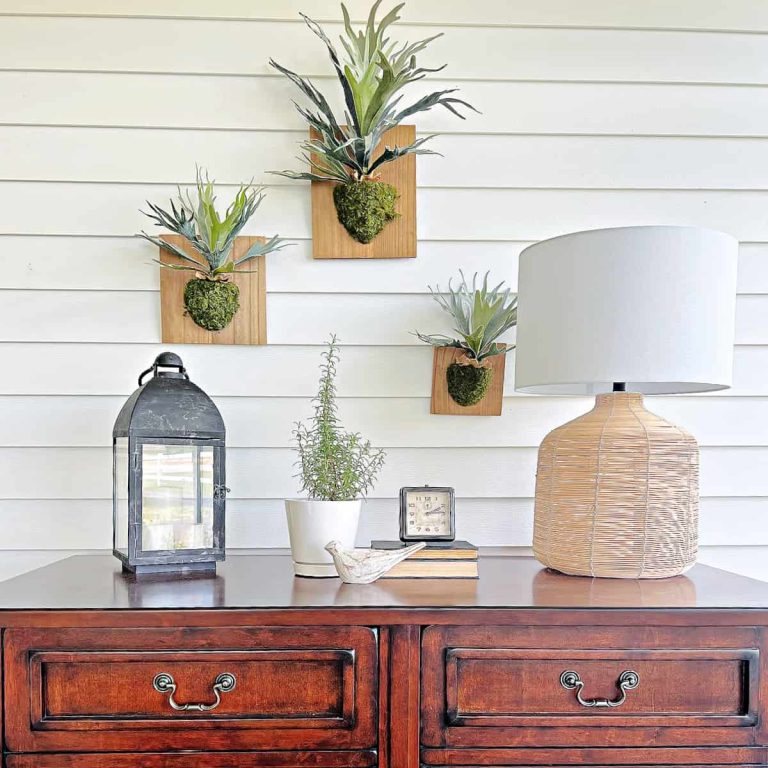How to Store Canvas Paintings at Home
One of the most important things to consider when you are an artist is how to store your paintings. If you have canvas paintings, there are a few things you need to do in order to make sure they are stored correctly. Here are four tips on how to store canvas paintings at home:
1. Make sure the paintings are completely dry before storing them. This is important because if the paintings are even slightly damp, they could mildew or mold.
2. Store the paintings in a cool, dry place. A basement or closet is ideal.
3. If you stack the paintings, make sure they are separated by acid-free paper or cardboard so they don’t touch each other directly and get damaged.
- Choose a cool, dry location in your home to store your paintings
- A basement or an interior closet away from windows and sunlight is ideal
- Place your paintings on top of a layer of clean white cotton sheets or drop cloths
- If you are storing more than one painting, make sure they are not touching each other to avoid damage
- Cover the paintings with another layer of clean white cotton sheets or drop cloths
- Store the paintings in a cardboard box or plastic storage container that has been lined with acid-free tissue paper
- If you are stacking multiple paintings in the same container, place them separated by pieces of cardboard or acid-free foam board
- Close the box or container and label it clearly with the contents and date stored
How to Store Framed Paintings at Home
When it comes to storing framed paintings at home, there are a few things you need to keep in mind. First, always make sure the paintings are properly protected from sunlight and moisture. Second, if you’re going to be stacking paintings on top of each other, be sure to use protective measures like bubble wrap or foam padding in between each one.
Finally, consider using acid-free storage boxes for long-term storage. By following these simple tips, you can rest assured that your beloved framed paintings will stay safe and sound for years to come!

Credit: fine art-restoration
How Do You Store Unframed Canvas Paintings?
If you have an unframed canvas painting that you’re not ready to frame yet, or if you need to store it for any reason, there are a few things you can do to make sure it stays in good condition. First, make sure the canvas is stretched tight and tacked down at the edges. This will prevent it from sagging or wrinkling over time.
Next, wrap the canvas in acid-free tissue paper or bubble wrap. This will protect it from dust and other contaminants. Finally, store the wrapped canvas in a flat, dry place.
A closet or under the bed is usually fine. Avoid storing it in a basement or attic, where temperature and humidity fluctuations can damage the painting over time.
How Do I Store My Paintings at Home?
Assuming you would like tips on how to store paintings in your home: Paintings are often cherished family heirlooms or valuable pieces of art. As such, it is important to take care when storing them.
Here are some tips on how to best store your paintings at home:
- Store paintings in a cool, dry place. Basements and attics are often too humid or damp for storage. Instead, consider a closet or other space that is not exposed to extreme temperature changes or excessive moisture.
- Avoid direct sunlight. Ultraviolet light can damage paint over time, so it is best to keep paintings out of direct sunlight whenever possible. If you must store paintings in an area that gets sun exposure, consider using UV-resistant window film or blinds to filter out the harmful rays.
- Use archival-quality materials for storage and display. When storing paintings long-term, use acid-free cardboard boxes or sleeves made from polyester or Mylar. These materials will help protect the painting from environmental damage and pests. For display purposes, use archival-quality picture framing mats and backing boards made from cotton rag paper or acid-free foam core board.
What is the Best Way to Store Canvases?
If you’re a painter, chances are you have a few canvases lying around. Maybe you’ve just finished a painting and don’t know what to do with it, or maybe you’ve been meaning to start a new project but haven’t gotten around to it yet. Either way, you need to store your canvases properly so they don’t get damaged.
Here are a few tips on how to store your canvases:
- Make sure the canvas is clean and dry before storing it. If there’s any paint left on the canvas, it could end up sticking to other surfaces and ruining your painting.
- Wrap the canvas in acid-free paper or cloth. This will help protect the surface of the canvas from dust and dirt.
- Store the wrapped canvas in a cardboard box or plastic container. This will keep the wrapped canvas from getting bent out of shape.
- Put the box or container in a cool, dry place where it won’t be exposed to sunlight or extreme temperatures. These conditions can damage the canvas over time.
How Do I Protect My Paintings for Storage?
When it comes to storing paintings, there are a few things you can do to help protect them. First, if you have the option, store them in a cool, dry place. If you live in an area with high humidity, consider using a dehumidifier.
Secondly, keep them out of direct sunlight, as this can cause fading over time. Thirdly, if you’re stacking paintings on top of each other, make sure they’re separated by something like acid-free tissue paper to prevent scratches or other damage. Finally, if you have any particularly valuable or delicate paintings, it’s always best to consult with a professional for advice on how to best store and protect them.
Packing and Storing your paintings
Conclusion
If you’re like most people, your home is probably filled with memories in the form of photos and paintings. And while it’s great to have these mementos on display, it can be tricky to know how to store them properly. Here are a few tips for storing canvas paintings at home:
First, make sure the paintings are clean and dry before you put them away. If they’re dirty, they could attract mold or mildew. And if they’re damp, they could warp or become brittle over time.
Once they’re clean, wrap each painting in acid-free paper or tissue paper. This will help protect them from light damage and prevent them from sticking together if they’re stored next to each other. Finally, choose a storage spot that’s cool and dry – somewhere like a closet or an attic.
And if you can, avoid putting them directly on the floor where they could be damaged by water or pests.






